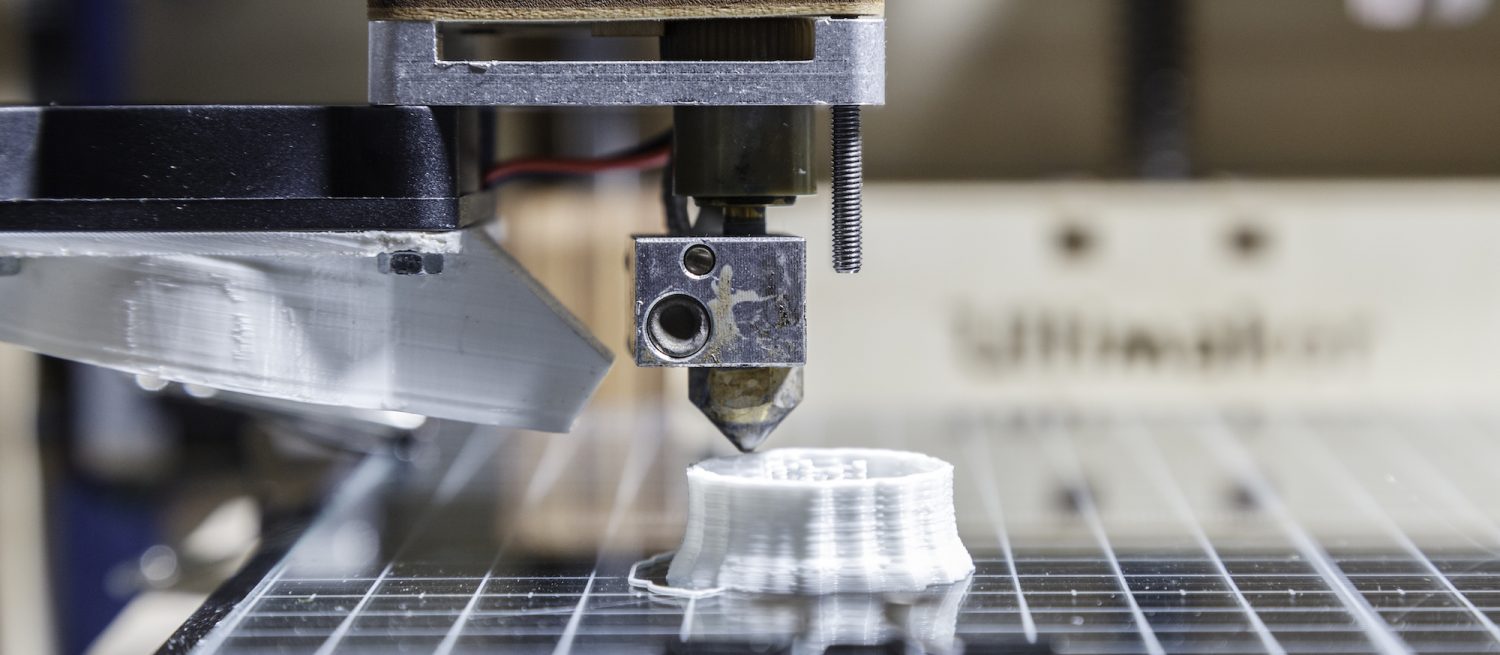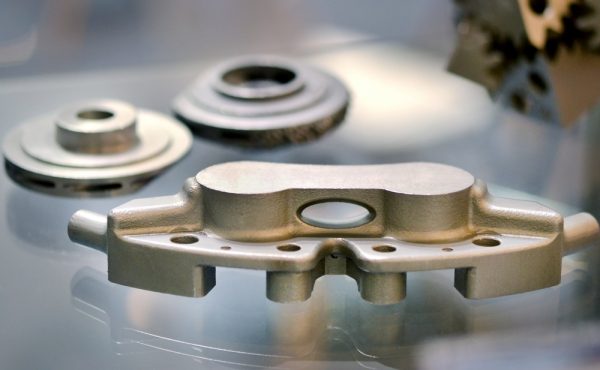

The Use of Inert Gases in 3-D Printing
Although the first 3-D printer came out in 1984, technology didn’t catch up until about ten years ago. The 3-D printing industry has been growing at a steady pace as more industries discover a need for the technology, and as computer software has expanded at a staggering rate. With the market expected to reach $21 billion by 2020, various industries are jumping at the opportunity to benefit from this growing market. This includes the medical industry, which is working toward advancements to print muscles, bones and artificial limbs, while the automotive industry is creating prototypes for new vehicles. In fact, in 2012, the filmmakers of Skyfall, replicated a car one-third the size of the original, just so they could blow it up.
From filmmaking to architecture to consumer goods, 3-D printing is proving that the future is now. Some of the current key players in 3-D printing are NASA, General Motors, Coca-Cola, IBM, General Electric, Google, Nike, Home Depot and Invisalign. The technology has even been vital in aiding the oil and gas industry, which uses it to build replacement parts for offshore drilling rigs.

How does it work?
This futuristic technology is intriguing, but how does it actually work? Also known as Additive Manufacturing (AM), 3-D printing is the process of fusing thermoplastic or metal powders layer by layer via laser beam. First, a Computer Aided Design (CAD) software is used to create a 3-D image, then the file is sliced into thin layers by a second software and sent to the printer. A heat source will melt the powder layer by layer from the design. Each time a new layer is added, the platform it sits on is lowered, and another layer is built on top of it. This process repeats until all the layers are complete.
Where does gas come in?
Industrial gases have a unique participation in many stages of 3-D printing. When it comes to printing metal parts, inert gases like Argon and Nitrogen are needed throughout the process. These gases require proper selection: they must be the perfect purity, composition and be distributed at a precise pressure and flow rate. Powder storage, printing within a controlled atmospheric chamber and post heat treatment are all vital steps where inert gases must be present.
When fabricating metal, it is always important to prevent oxidation, so the metal does not rust. By displacing Oxygen, Argon or Nitrogen will preserve the metal at an optimum quality while decreasing fire hazards by making the final product inert. The final furnace stage takes place in a controlled gas environment so that this can occur.
Both Argon and Nitrogen are able to preserve different types of metal powders from degrading. Argon works best for aluminum, titanium and higher-grade alloyed steels, while Nitrogen works best for mild steels.
How can Rocky Mountain Air help?
When it comes to 3-D printing, purity is important. Rocky Mountain Air is a distributor of PurityPlus specialty gases, with a lab in Salt Lake City that tests and certifies that each batch is void of any impurities that could disrupt your application. A high purity gas will ensure that there are no deformities that could set you back.
Contact your local branch in any one of our five states (Colorado, Utah, Idaho, Wyoming, Nebraska) today if you are interested in partnering with us to serve your 3-D printing needs. We look forward to serving you.



